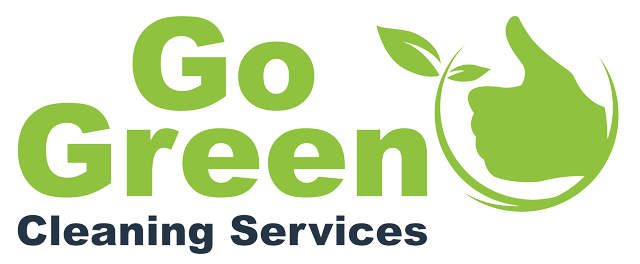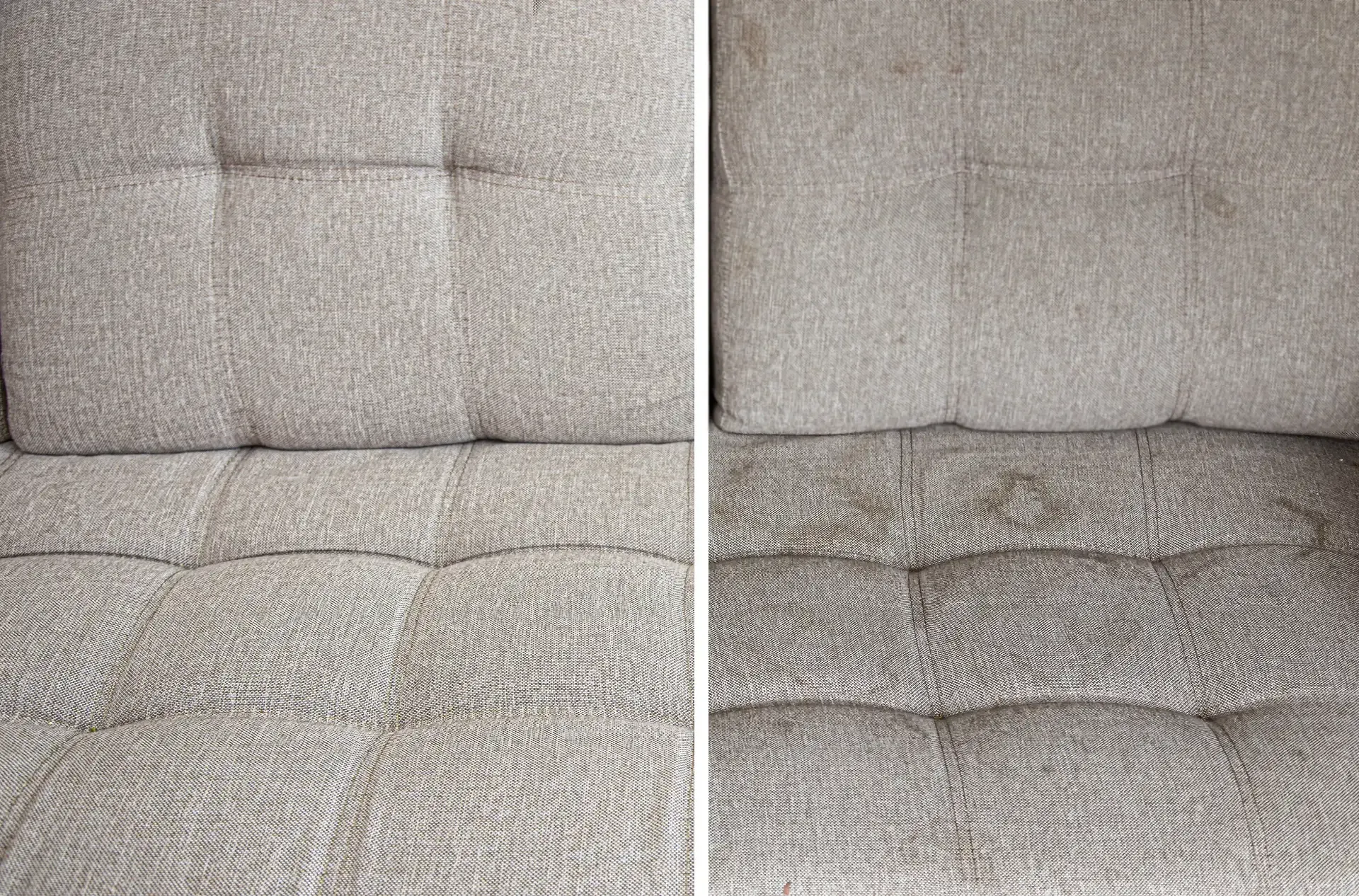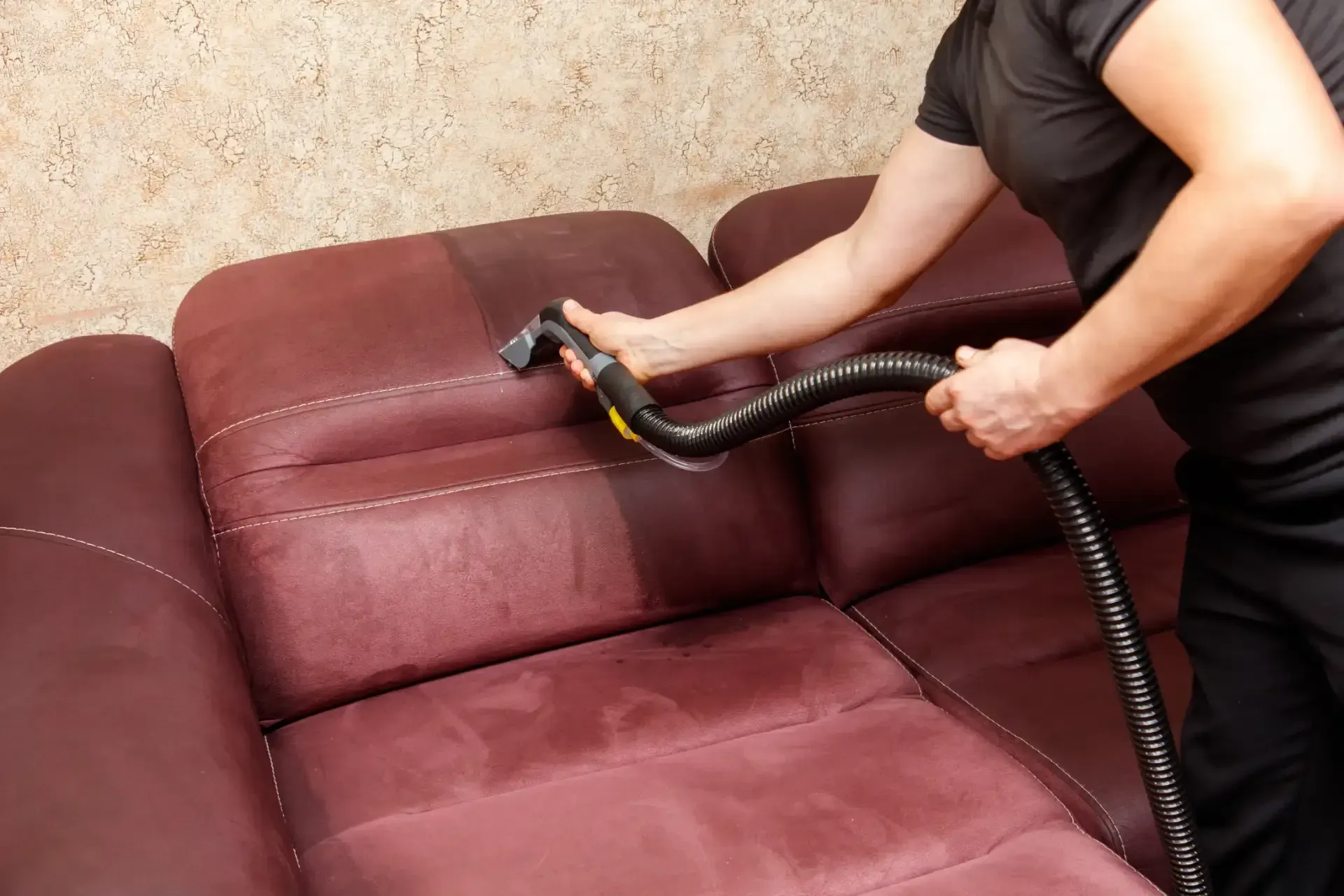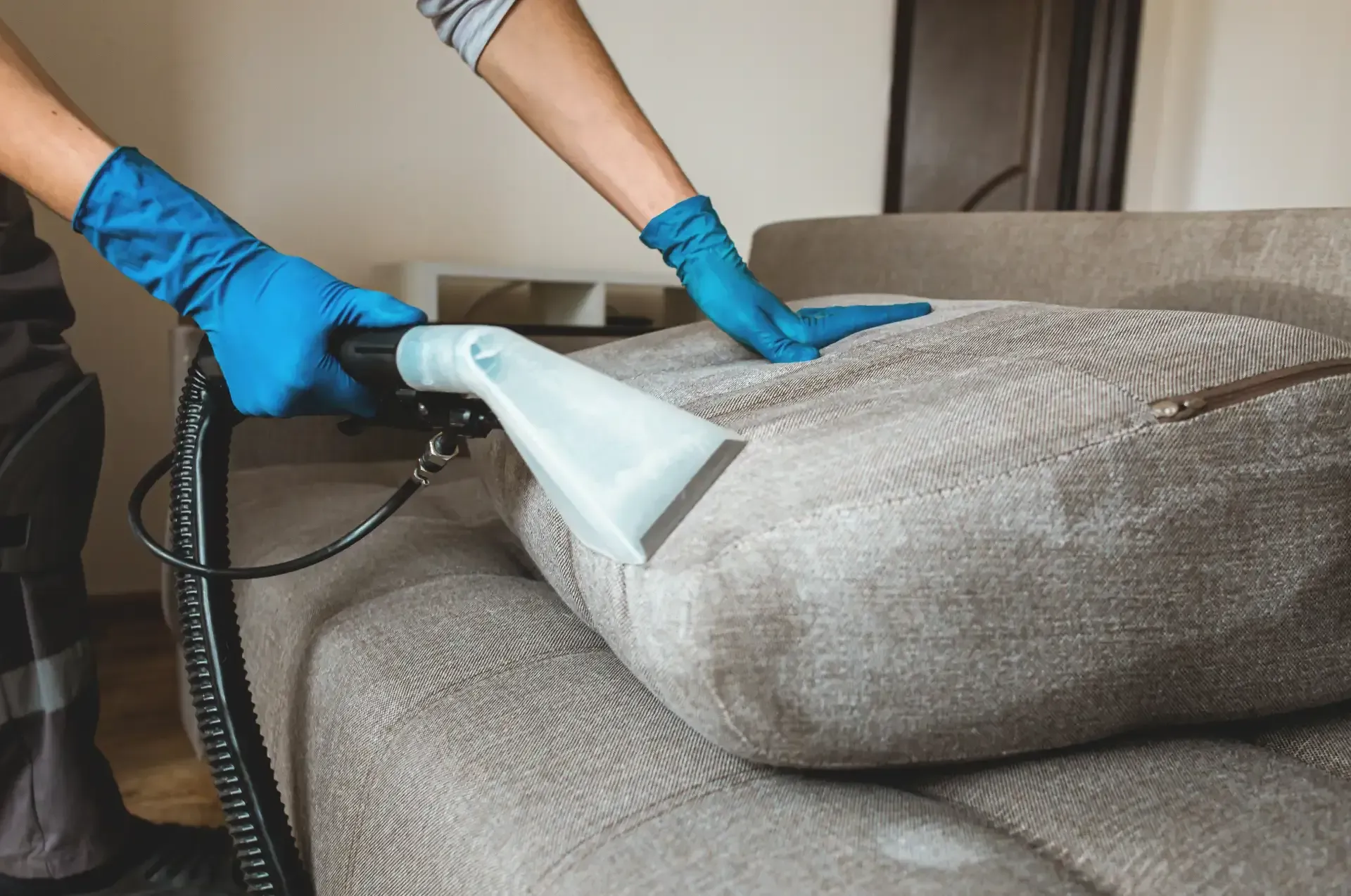Understanding the Science Behind Steam and Hot Water Extraction Cleaning
Discover how steam and hot water extraction cleaning work, the science behind them, and why they’re so effective for deep cleaning carpets and upholstery.
Understanding the Science Behind Steam and Hot Water Extraction Cleaning
When it comes to professional carpet and upholstery cleaning, steam and hot water extraction methods are two of the most widely recommended and trusted techniques in the industry. At Go Green Cleaning, we use these methods not just because they deliver impressive visible results—but because they’re grounded in science. If you’ve ever wondered how these processes work or why they’re more effective than everyday cleaning solutions, it’s time to take a closer look behind the scenes.
Firstly, it’s important to understand that while people often use the term “steam cleaning” as a catch-all phrase, true steam cleaning and hot water extraction are technically different. Steam cleaning uses vaporised water at extremely high temperatures—over 100°C—to sanitise surfaces. This method is excellent for hard surfaces and killing bacteria, but it is less effective at rinsing away dirt and debris from thick fabrics like carpets.
Hot water extraction, on the other hand, is the method most professionals use for deep carpet and upholstery cleaning. It involves spraying heated water—typically between 60°C and 100°C—combined with a safe cleaning solution deep into the fibres of the carpet or fabric. Immediately after, a high-powered vacuum extracts the water along with dislodged dirt, dust mites, allergens, and bacteria. Unlike steam cleaning, hot water extraction rinses out the contaminants rather than just killing them or loosening them.
The science here is simple but powerful: heat breaks down the bonds between dirt and carpet fibres. Add water pressure and a specially formulated detergent, and you’ve got a solution that lifts away grime from deep within the material. The suction component of the equipment ensures that both the dirt and the moisture are removed almost simultaneously, leaving your carpets and upholstery clean, refreshed, and only slightly damp.
This process is particularly effective because many contaminants—like oils, grease, allergens, and even mould spores—are stubborn and deeply embedded. Regular vacuuming only removes surface-level dust, while DIY cleaning often lacks the temperature and pressure needed to be truly effective. Hot water extraction achieves a deeper clean, reaching places that everyday cleaning simply can’t.
Another important aspect is hygiene. High temperatures have the ability to neutralise bacteria, viruses, and fungi. This makes hot water extraction ideal for families with children or pets, allergy sufferers, and environments that require high hygiene standards, such as healthcare settings or offices with high footfall. By combining thermal energy, moisture, and suction, this method reduces microbial presence without the need for harsh chemical disinfectants.
The equipment used in professional settings also plays a critical role. At Go Green Cleaning, we invest in commercial-grade machines that deliver consistent high heat and suction. This means less water left behind, which reduces drying time and helps prevent secondary issues like mould growth. Our eco-friendly cleaning agents are designed to break down dirt without damaging fibres or leaving chemical residues—safe for both your surfaces and your health.
Many customers ask whether hot water extraction is safe for their type of carpet or upholstery. The answer is yes, in the hands of trained professionals. Before we begin, we always assess the material type and test for colourfastness. This ensures that the fabric won’t shrink, fade, or warp. Whether it’s wool, synthetic blends, or delicate upholstery, we choose the appropriate temperature, pressure, and cleaning agents to deliver maximum results with zero damage.
From an environmental perspective, steam and hot water extraction are also a greener choice. Because the process relies heavily on heat and water, we can use minimal amounts of cleaning agents—many of which are biodegradable and non-toxic. And since this method doesn’t leave chemical residues behind, it’s better for both your indoor air quality and the wider environment.
But it’s not just about cleaning—it’s about long-term value. Regular hot water extraction can extend the lifespan of your carpets and furniture by keeping fibres healthy, resilient, and free of damaging particles. Over time, trapped grit acts like sandpaper underfoot, wearing down the fibres with every step. A deep, professional clean removes this abrasive material and helps your investment last longer.
At Go Green Cleaning, we specialise in delivering this level of clean to homes and businesses across Dublin, Kildare, and Meath. Our trained technicians understand the science behind what they do and bring that knowledge into every job. We’re committed to delivering safe, effective, and environmentally conscious cleaning solutions that go beyond surface level.
So if your carpets are looking dull, your upholstery feels musty, or you’re simply overdue for a deep clean, don’t settle for a superficial fix. Choose the method that works with the laws of physics, chemistry, and biology to restore your space from the inside out.
Contact Go Green Cleaning today and book a professional steam or hot water extraction clean. Experience the science of truly clean—backed by skill, care, and a green commitment you can trust.
